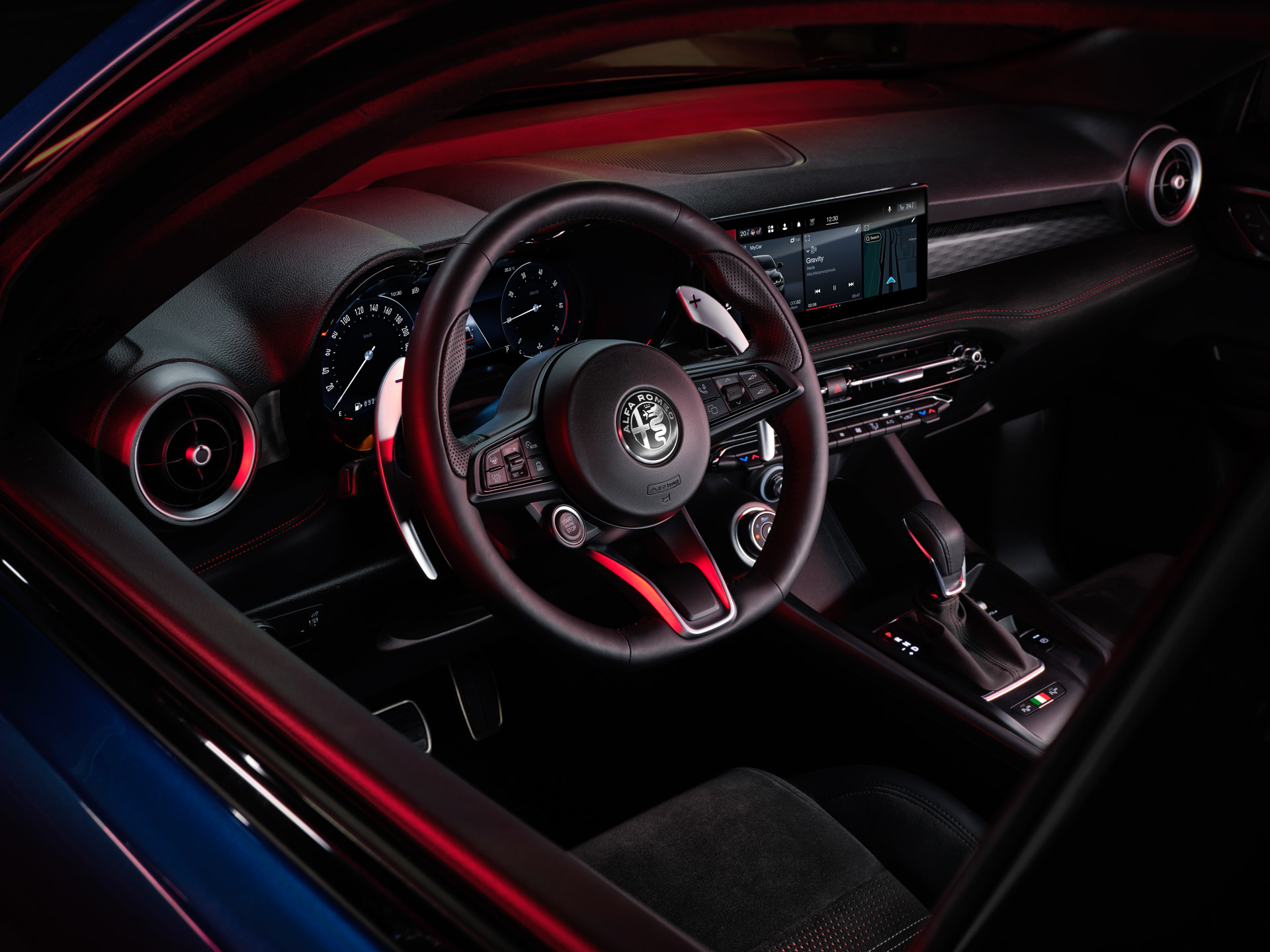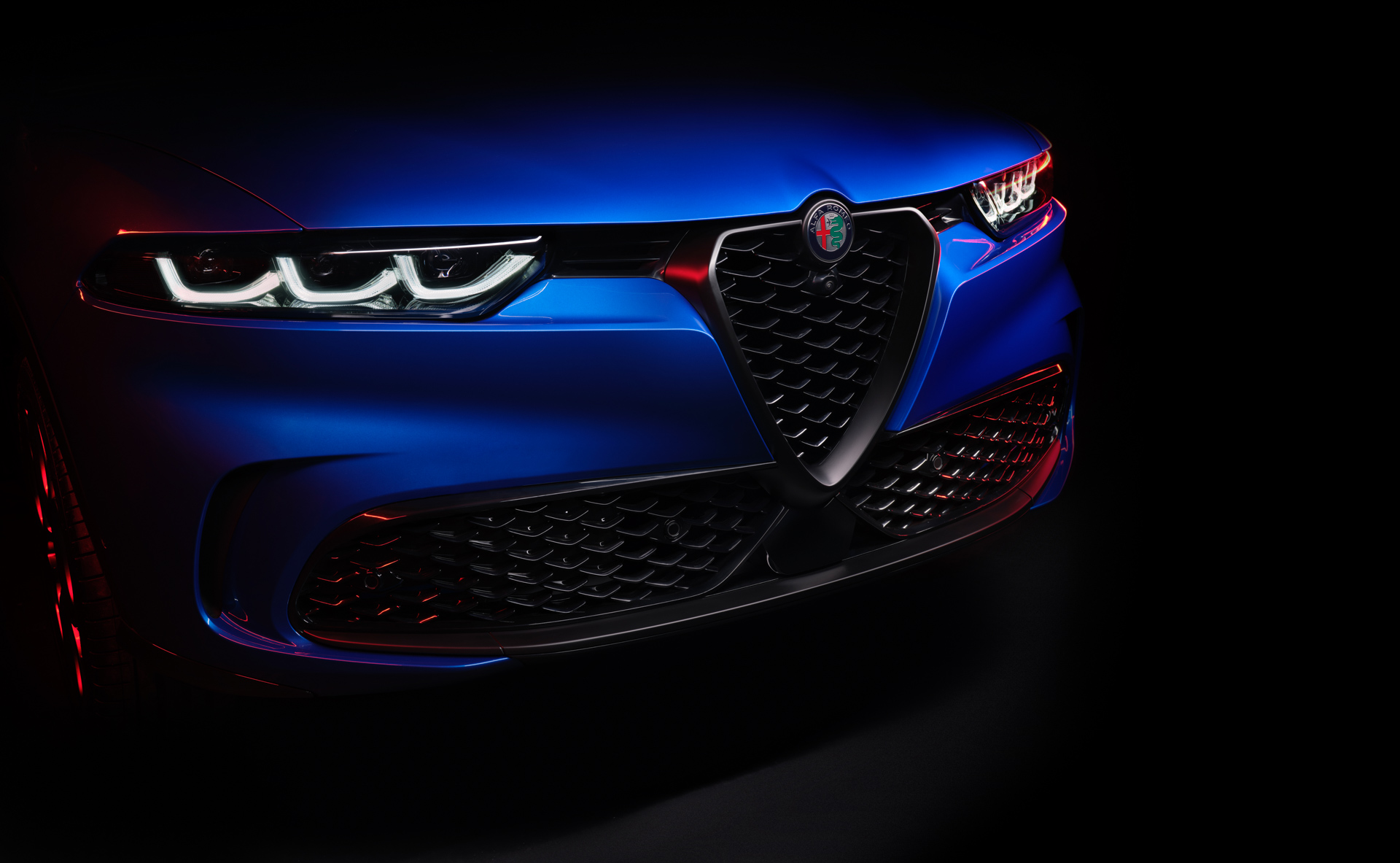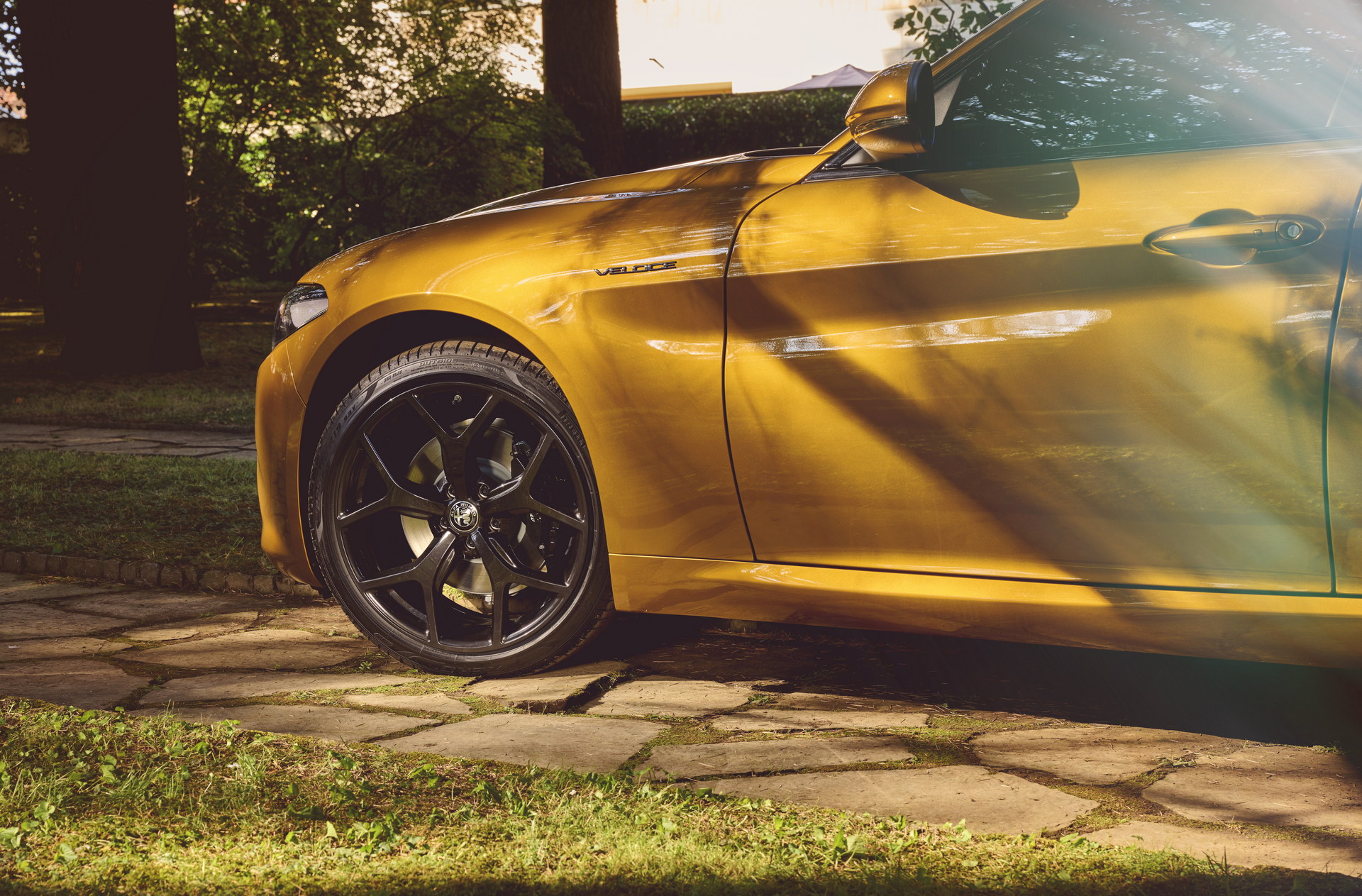The new era of Alfa Romeo includes a large number of upcoming EVs covering a variety of segments, predictably based on Stellantis’ underpinnings. However, a new report suggests that Alfa Romeo engineers could integrate some of the Giorgio platform’s components into the modular EV-dedicated architecture, including suspension and steering.
According to Autocar, Alfa Romeo will enjoy a level of flexibility in terms of chassis and suspension setup within Stellantis, allowing its future EVs to offer a higher level of dynamic competence compared to mechanically-related models from other, more mainstream Stellantis brands. This could be achieved by integrating some of the suspension and steering components from the Giorgio architecture, which is used for the Giulia and Stelvio. Daniel Guzzafame, Alfa Romeo’s product boss, has previously been quoted saying that they want to “keep the good things from the Giorgio platform”.
Read Also: Alfa Romeo To Return To Large Segments With BMW X5 SUV And 7-Series Rivals, Says Boss
The Giorgio platform was introduced in 2014 bringing Alfa Romeo back to its rear-wheel-drive roots. Currently, it underpins the Alfa Romeo Giulia and Stelvio, the Jeep Grand Cherokee, and the Maserati Grecale. Despite the massive R&D investment and the fact it was originally planned to underpin around 15 models from different brands, Giorgio was eventually replaced by the STLA Large architecture in the new Stellantis era.
According to the latest report, the STLA Large platform will underpin the upcoming high-end models. Alfa Romeo CEO Jean-Philippe Imparato confirmed that all new models will be developed at the Balocco track in Italy, to ensure the traditional Alfa Romeo driving qualities.
The first Alfa Romeo to sit on the new Stellantis-sourced platform will arrive in 2025. The model could revive the GTV name, with an electric five-door coupé bodystyle. While we would expect it to be fully electric, there are also rumors of a plug-in hybrid powertrain, making it one of the last Alfa Romeos coming with an ICE motor. The STLA platform will also integrate the latest tech in terms of 5G connectivity, infotainment, artificial intelligence and sophisticated ADAS developed in collaboration with BMW.
Other already confirmed models are the EV successor of the Giulia which will combine styling cues from sedan and estate bodystyles, a large fully electric SUV set to compete with BMW X5 and Porsche Cayenne, a second coupe-SUV similar to the BMW X6, and a large electric sedan flagship competing with the BMW i7 and the Mercedes-Benz EQS. In the smaller segments, Alfa Romeo will launch the Brennero fully electric small SUV in 2024, sitting below the Tonale. The Italian brand has pledged to introduce only EVs from 2027 onwards.
Distinct Design Is The Key
Besides the chassis setup, another important point of differentiation between Alfa Romeo and other Stellantis brands will be the exterior and interior design. More specifically, Imparato said: “The typology and elements that need to be defined are clear. We must make bold choices. Alfa must be different – it must be very distinct in the lighting, the wheels, the steering wheel and the instrument cluster”.
Imparato opposes the design trend of massive touchscreens inside EVs, and he wants to “avoid information overload” for the driver. It is rumoured that instead of large displays, future Alfa Romeos will be integrating more controls on the steering wheel, making them instantly accessible to the driver. Finally, Imparato hinted at infusing ICE-like features in EVs by saying that while he would never allow fake noise, they might use vibrations reminiscent of the old times.








